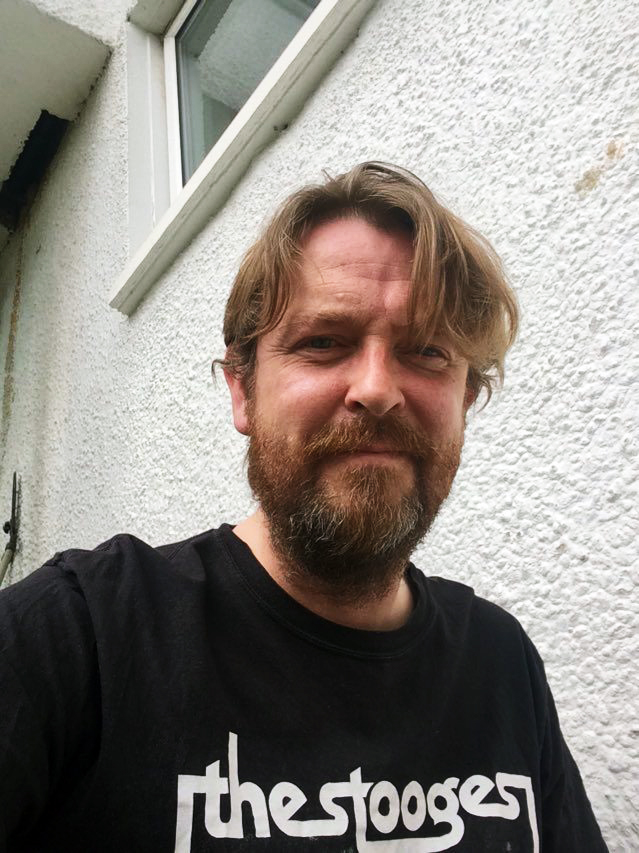Almost 800 birds of prey have been confirmed as killed in Scotland in 20 years - with the true figure much higher. A "significant majority" of deaths are linked to grouse estates.
Scotland’s birds of prey face a ruthless campaign of persecution and slaughter – and the blame has been laid at the door of the game shooting industry.
Almost 800 raptors have been confirmed as illegally killed between 1994 and 2014 – but the true number is expected to be much higher.
The figures were released by RSPB Scotland, which has conducted a 20 year review of bird of prey killings.
In total, 779 were killed - 468 poisoned, 173 were shot and 76 were caught in illegal traps.
The figures include 104 red kites, 37 golden eagles, 30 hen harriers, 16 goshawks and 10 white-tailed eagles.
These crimes impact the natural wealth of Scotland and undermine our international reputation
All of these species have small populations which are struggling to rebound after suffering historical persecution, so every loss is a blow.
Investigators also mapped the locations of the killings – and a significant majority of cases take place in areas associated with game-bird shooting, and in particular within upland areas managed intensively for driven grouse killing.
The RSPB report deals only with incidents that have been confirmed as involving criminal activity, either by post mortem at a government laboratory or by reliable witnesses. The number of birds actually killed will therefore be much higher.
Director of RSPB Scotland, Stuart Housden, said: “We recognise that many landowners and their staff have helped with positive conservation efforts for birds of prey, particularly with reintroduction programmes for white–tailed eagles and red kites, and that the majority operate legitimate shooting businesses; but there are still far too many who do not act responsibly, and there will be no improvement in the conservation status of raptors until all land management is carried out wholly within the law.”
There is now well documented scientific evidence of the impact of illegal human killing on Scotland’s golden eagle, hen harrier, peregrine, and reintroduced red kite populations.
The last national hen harrier survey for example showed the population had declined by 22% in Scotland between 2004 and 2010 and a study concluded that illegal killing was having a significant impact on this species, particularly on land managed for grouse shooting in the southern uplands and eastern Highlands.
Housden said the report provides data which politicians and police can now act on – in particular, he said, the shooting industry must now be reined in and properly regulated.
He added: “We welcome measures taken by the Scottish Government over the past 20 years to improve the laws protecting our birds of prey, and the recent improvements by Police Scotland and the Crown Office in tackling wildlife crime.
“However, our data shows that illegal killing of raptors continues to be a widespread problem in significant parts of upland Scotland. These crimes impact the natural wealth of Scotland and undermine our international reputation, wildlife tourism and diversified rural businesses.
“Scotland’s shooting industry, in contrast to the rest of Europe, has light touch regulation and little public accountability. Self policing has been given more than a fair chance and numerous public warnings, from ministers aimed at upland sporting managers, have not been heeded.
“It is long overdue that sporting management should be licensed, conditional on compliance with wildlife protection laws. We encourage the Scottish Government to initiate the planned review of game-bird licensing systems in other similar countries as soon as possible so we can learn and adopt best practice to ensure a sustainable future for sports shooting.”







